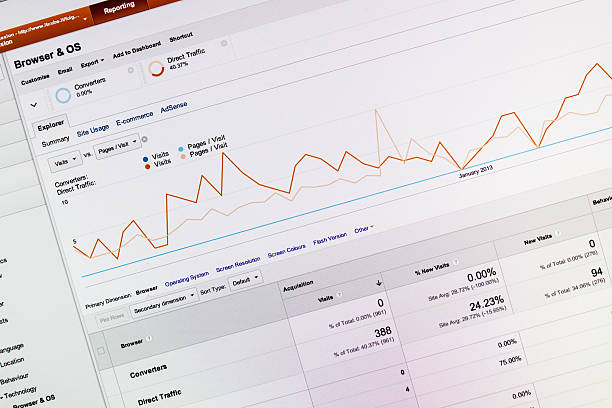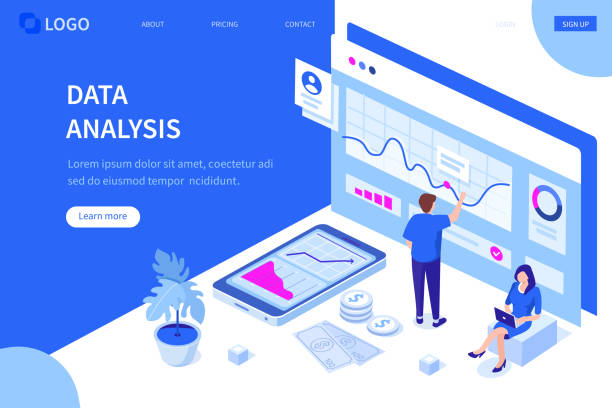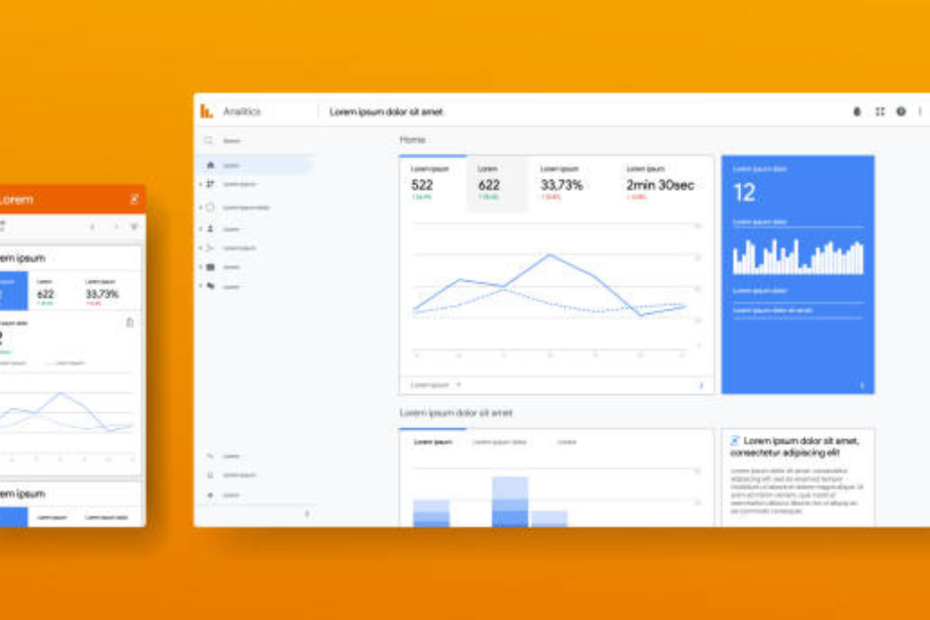Table of Contents
- Introduction
- What is Predictive Marketing Analytics?
- How Does Predictive Marketing Analytics Work?
- Benefits of Using Predictive Marketing Analytics
- Real-Life Applications of Predictive Marketing Analytics
- Common Tools for Predictive Marketing Analytics
- Frequently Asked Questions
- Conclusion
- Notes
Introduction
Imagine if you could predict your customers’ next move, personalize their experience, and drive conversions effortlessly. Sounds like a marketer’s dream, right? This is precisely what predictive marketing analytics offers.
In today’s data-driven world, relying solely on historical data is no longer enough. Predictive analytics leverages advanced technology to anticipate trends, identify opportunities, and optimize campaigns. Whether you’re a seasoned marketer or just entering the digital space, understanding predictive marketing analytics can be a game-changer.
In this blog, we’ll uncover the magic behind predictive marketing analytics, answer common questions, and provide actionable insights to help you stay ahead of the curve. Let’s dive in!
What is Predictive Marketing Analytics?
Predictive marketing analytics uses machine learning (ML), artificial intelligence (AI), and statistical techniques to analyze current and historical data. It forecasts future outcomes and customer behaviors, enabling marketers to make informed decisions.
In simpler terms, it’s like having a crystal ball for marketing—but backed by data science.

Key Components:
- Data Collection: Aggregating data from multiple sources, such as website traffic, CRM systems, and social media.
- Data Analysis: Using algorithms to identify patterns and trends.
- Predictive Models: Generating forecasts based on historical and real-time data.
- Actionable Insights: Applying predictions to optimize marketing strategies.
“Predictive analytics doesn’t just tell you what happened; it shows you what’s likely to happen next,” says John Smith, a renowned marketing strategist.
Read more: Mastering SEO in 2025: Strategies for Adapting to Google Algorithm Updates
Read also: Top Tools Every Google Analytics User Needs to Supercharge Insights in 2025
Read More; What is Drip Email Marketing? A Beginner’s Guide to Automated Success 2025
How Does Predictive Marketing Analytics Work?
The process might sound complex, but it boils down to three primary steps:
1. Data Collection and Preparation
- Gather data from various platforms like Google Analytics, email campaigns, or social media.
- Clean the data to ensure accuracy (remove duplicates, fix errors, etc.).
2. Model Building
- Use statistical models and AI algorithms to identify patterns and correlations.
- Examples include regression models, decision trees, and neural networks.
3. Forecasting and Action
- Generate predictions about customer behavior, like:
- Which customers are likely to churn?
- What products will perform best during a sale?
- Implement changes based on insights, such as personalized email campaigns or targeted ads.
Real-Life Example:
Netflix uses predictive analytics to recommend shows based on your viewing history. Their algorithms predict what you will most likely enjoy, keeping you hooked.
Benefits of Using Predictive Marketing Analytics
Predictive analytics isn’t just a buzzword; it’s a powerhouse for achieving marketing excellence. Here’s why:
1. Personalization at Scale
Deliver highly personalized experiences for every customer by predicting their needs and preferences.
2. Improved ROI
Focus resources on high-performing channels and campaigns, reducing waste and boosting returns.
3. Enhanced Customer Retention
Identify customers likely to churn and re-engage them with targeted offers or content.
4. Better Decision-Making
Use data-driven insights to make smarter marketing decisions.
5. Anticipating Trends
Stay ahead of industry trends and adapt faster than competitors.
Did You Know?
According to Statista, the global predictive analytics market is expected to reach $22.1 billion by 2026, highlighting its growing importance across industries.
Real-Life Applications of Predictive Marketing Analytics
1. Lead Scoring
Predictive models rank leads based on their likelihood to convert, helping sales teams prioritize efforts.
2. Customer Segmentation
Segment your audience into micro-groups for tailored marketing campaigns.
3. Dynamic Pricing
Adjust prices in real time based on demand, competition, and customer behavior.
4. Content Optimization
Predict which types of content will resonate most with your audience.
5. Email Campaign Targeting
Forecast email open rates and clicks to optimize timing and messaging.
A Personal Anecdote:
I once used predictive analytics for a client’s e-commerce store. By analyzing past purchase data, we predicted which customers would be interested in a seasonal sale. The result? A 35% increase in sales compared to the previous year!
Common Tools for Predictive Marketing Analytics
1. Google Analytics 360
Provides advanced data analysis and machine learning capabilities.
2. HubSpot
Offers predictive lead scoring and email engagement analytics.
3. IBM Watson Studio
Combines AI and ML to deliver robust predictive analytics.
4. Salesforce Einstein
Built-in AI for predictive insights within the Salesforce platform.
5. Tableau
Excellent for visualizing predictive analytics data.

Frequently Asked Questions
Check more articles:
Niche Marketing vs. Mass Marketing: Which Strategy Wins?
How to Find a Profitable Niche: 7 Proven Steps for Guaranteed Success
The 7 Best Blogging Platforms for Beginners: Start Your Blogging Journey Today
How to Start a Successful Blog: Your Ultimate Guide to Blogging Like a Pro
Q1: Is predictive marketing analytics only for large companies?
A: No! Tools like HubSpot and Tableau make predictive analytics accessible for small and medium-sized businesses.
Q2: What industries benefit most from predictive marketing analytics?
A: E-commerce, retail, finance, healthcare, and media are top industries using predictive analytics.
Q3: How accurate are predictive models?
A: Accuracy depends on data quality and the algorithms used. Regular model updates improve accuracy.
Q4: What skills are needed to use predictive analytics?
A: Basic data interpretation skills are sufficient. Many tools offer user-friendly interfaces, so you don’t need to be a data scientist.
Q5: Can predictive analytics replace marketers?
A: No, it’s a tool to assist marketers, not replace them. Human creativity and strategy are still essential.
Conclusion
Predictive marketing analytics is more than just a trend; it’s a transformative tool that empowers marketers to anticipate customer needs, optimize campaigns, and drive results. By leveraging advanced data analysis and AI, you can stay ahead in the competitive marketing landscape.
Whether you’re new to the concept or looking to refine your strategies, now is the perfect time to dive into predictive analytics. Remember, it’s not about predicting the future perfectly; it’s about making better decisions with the insights you have.
As Albert Einstein once said, “Not everything that can be counted counts, and not everything that counts can be counted.” Let predictive analytics help you count what truly matters.
Notes
Meta Description: Discover what predictive marketing analytics is and how it can transform your campaigns. Learn about tools, benefits, and actionable strategies in this comprehensive guide.
Tags:
- Predictive Marketing Analytics
- Data-Driven Marketing
- Marketing Trends 2025
- Customer Behavior Insights
- AI in Marketing
- Machine Learning Marketing
- Predictive Tools for Marketers
- Personalized Marketing Strategies
- Advanced Marketing Techniques
- Predictive Analytics Benefits
Longtail Tags:
- What is predictive marketing analytics and how it work
- Benefits of predictive marketing analytics for businesses
- Tools for Predictive Marketing Analytics 2025
- Real-life applications of predictive analytics in marketing
- Predictive marketing strategies for small businesses
Strategies to Consider
1. Add Value with Real-Life Examples
Include case studies or personal experiences to make content relatable and actionable.
2. Optimize for Search Engines
Incorporate relevant keywords naturally in headers, meta descriptions, and content.
3. Use Visual Elements
Infographics, charts, and visuals simplify complex data and keep readers engaged.
4. Engage with Storytelling
Tell stories about successes or challenges to humanize the content and keep readers hooked.
5. Encourage Interaction
Add call-to-actions like quizzes, surveys, or downloadable resources to boost engagement.
By integrating these strategies, you’ll not only create impactful content but also build trust and authority in your niche. Let’s start predicting—and winning!
Check out our AI Marketing and business tools, here.


